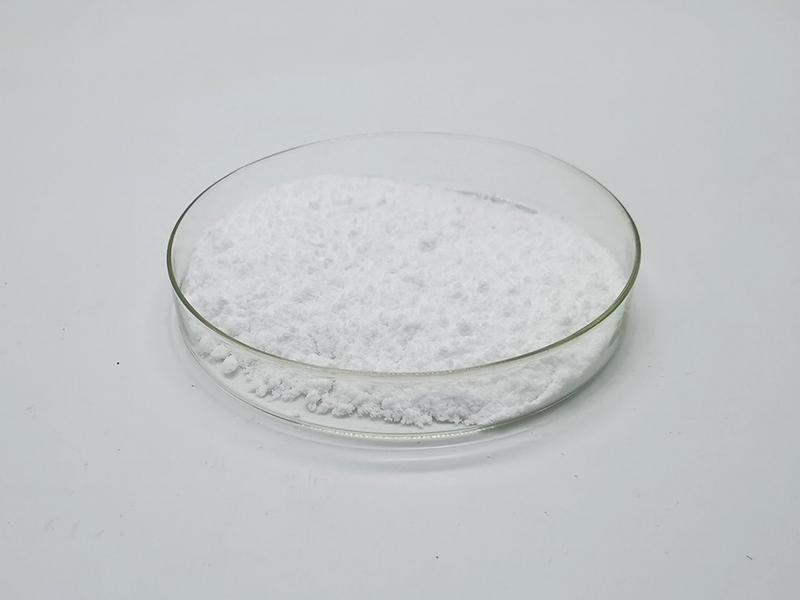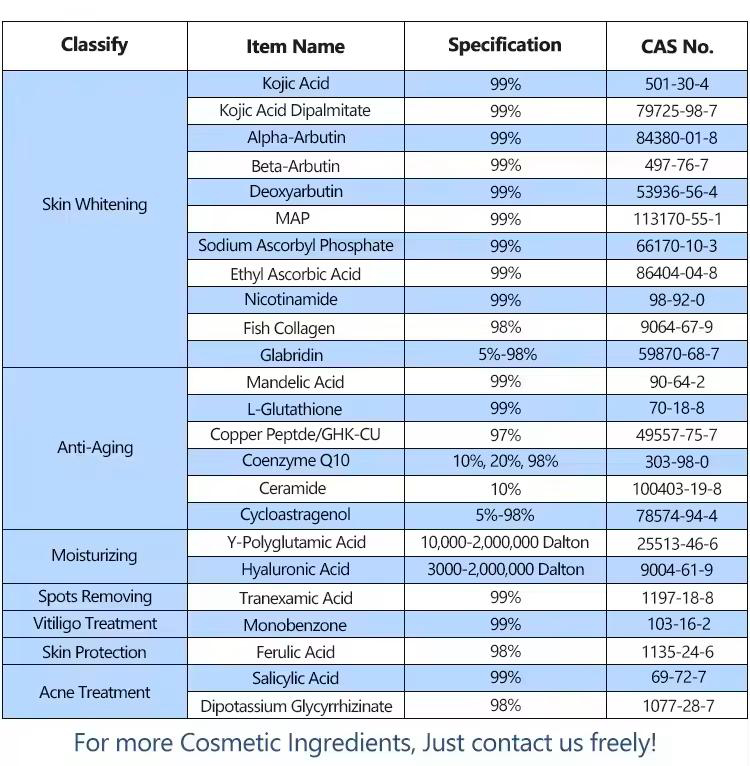Methylparaben is a chemical compound that is commonly used as a preservative in cosmetics, personal care products, and some pharmaceuticals. Here are some key details about methylparaben:
1.Chemical Structure and Composition:
Chemical Name: Methylparaben is also known as methyl 4-hydroxybenzoate.
Chemical Formula: C₈H₈O₃.
Structure: It consists of a benzene ring with a hydroxy group and a carboxylate ester group attached to it.
2.Function and Uses:
Preservative: Methylparaben is primarily used as a preservative due to its antifungal and antibacterial properties. It helps to prevent the growth of harmful bacteria and mold, thereby extending the shelf life of products.
Applications: It is commonly found in cosmetics (like lotions, creams, and shampoos), personal care products (like toothpaste and deodorants), and pharmaceuticals (like tablets and ointments).
3.Safety and Regulation:
Regulatory Status: Methylparaben is generally recognized as safe (GRAS) by the U.S. Food and Drug Administration (FDA) for use in food, pharmaceuticals, and cosmetics within specified concentration limits.
Concentration Limits: The concentration of methylparaben in cosmetics is typically kept below 0.8%, and in combination with other parabens, the total concentration is usually below 1.0%.
4.Health Concerns:
Controversy: There has been some controversy and debate over the safety of parabens, including methylparaben, due to their potential estrogenic activity, which means they can mimic estrogen in the body. This has raised concerns about their potential link to breast cancer and endocrine disruption.
Research Findings: Most scientific studies and regulatory reviews have concluded that methylparaben is safe at the low levels used in consumer products. However, ongoing research continues to monitor and evaluate its safety.

5.Environmental Impact:
Biodegradability: Methylparaben is considered to be biodegradable, and it tends to break down relatively quickly in the environment.
In summary, methylparaben is a widely used preservative in various consumer products, valued for its effectiveness in preventing microbial growth. While generally considered safe by regulatory agencies, it remains a subject of ongoing research and scrutiny due to potential health concerns.
How to use Methylparaben?
Methylparaben is a common preservative used in various products to prevent the growth of bacteria and mold. Here are the key ways in which methylparaben is used:
1.Cosmetic and Personal Care Products
Function: Acts as a preservative.
Products: Lotions, creams, shampoos, conditioners, makeup, and deodorants.
Usage Guidelines: Typically used in concentrations ranging from 0.01% to 0.3%. Always follow the recommended concentrations to avoid skin irritation.
2.Pharmaceutical Products
Function: Preserves medications by preventing microbial contamination.
Products: Topical ointments, oral tablets, injectable solutions, and ophthalmic solutions.
Usage Guidelines: Use as directed by pharmaceutical formulation guidelines, usually in concentrations up to 0.3%.
3.Food Industry
Function: Serves as an antimicrobial agent.
Products: Baked goods, beverages, jams, and jellies.
Usage Guidelines: Use within regulatory limits, which vary by country but generally range from 0.1% to 0.2%.

4.Industrial Applications
Function: Acts as a preservative in various industrial formulations.
Products: Paints, adhesives, and coatings.
Usage Guidelines: Follow specific industrial guidelines for safe concentrations and handling.
Safety Considerations
Allergic Reactions: Some individuals may be allergic to methylparaben. Perform a patch test before using products containing methylparaben if you have sensitive skin.
Regulatory Compliance: Adhere to regulatory guidelines set by agencies such as the FDA (Food and Drug Administration) in the USA or the European Medicines Agency (EMA) in Europe.
Shelf Life: Helps extend the shelf life of products, but always check the expiration date and storage instructions.
Application Tips
Cosmetic Formulation: When adding to cosmetic formulations, ensure it is fully dissolved and evenly distributed.
Handling: Use gloves and eye protection when handling pure methylparaben powder to avoid irritation.
Storage: Store in a cool, dry place away from direct sunlight to maintain efficacy.
Conclusion
Methylparaben is a versatile preservative used in a variety of industries. Always follow recommended guidelines for concentrations and ensure products are used and stored correctly to maintain their efficacy and safety.
